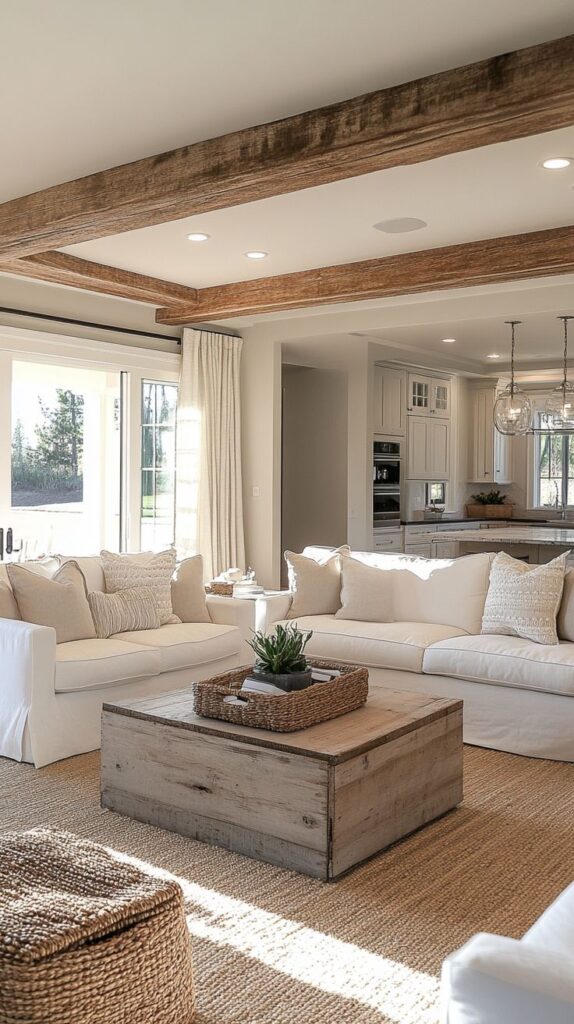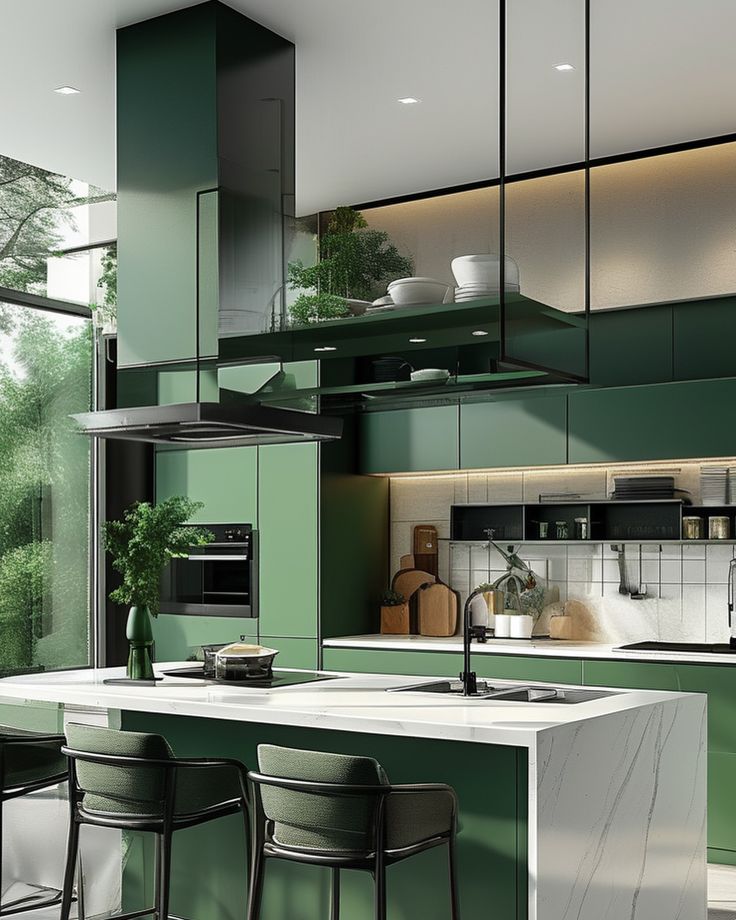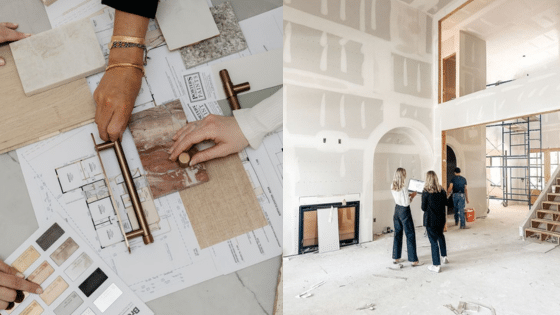

Grandma’s house had a kitchen you couldn’t escape from. Tiny galley with a door that swung shut. Want to chat while cooking? Good luck. You’d miss everything happening in the living room.
Things changed fast. Families got busier. Kids needed help with homework during dinner prep. Parents wanted to see their teenagers instead of just hearing bedroom doors slam. Open layouts fixed all of this overnight.
According to Zillow’s Consumer Housing Trends Report, over 50% of home buyers prefer open floor plans to the traditional closed layouts.
Modern house builders have embraced this evolution wholeheartedly. They understand that modern consumers expect their foundations to be flexible. They are constructing houses that seem both big and intimate by developing areas that flow organically from one location to another.
Why Open Concepts Work for Real Life


Think about dinner prep with kids around. Mom’s chopping vegetables while keeping an eye on homework drama at the kitchen table. Dad’s stirring pasta sauce and joining the conversation about tomorrow’s soccer game. This happens naturally in open layouts.
Compare that to old-school kitchens. You’re trapped behind walls, missing everything. Kids disappear into bedrooms. Family time becomes scheduled instead of spontaneous. Open plans fix this disconnect completely.
Light flows better too. Windows in the living room brighten the kitchen. The morning sun reaches the dining area. Your property feels bigger and brighter without extra cost.
Design Challenges That Matter


Here’s the tricky part: creating rooms without walls. Your couch becomes a room divider. The kitchen island defines the cooking zone. Area rugs mark different spaces.
Smart tricks help a lot. However, successful open-concept design requires avoiding common interior planning mistakes that can make these flowing spaces feel chaotic or dysfunctional. Here are some key strategies:
- Ceiling height changes: Drop the ceiling over the kitchen to make it feel separate
- Floor materials: Hardwood in living areas, and tile in the kitchen create natural boundaries
- Lighting zones: Pendant lights over the island, chandeliers in dining areas
Noise can drive you crazy though. Blender running while kids watch TV? Not fun. Soft furnishings absorb sound, so carpets help. Also, remember that strategic placement matters more than you’d think.
Making Open Concepts Work for Your Family


Every family is different. Some love constant chatter. Others need quiet spots to recharge. Figure out your family’s rhythm first.
Busy families love open kitchens. Parents cook while helping with homework. Teenagers grab snacks and actually stick around to chat. It’s magic when it works.
But you still need hideaways:
- Reading nooks: Corner chairs with good lighting
- Study zones: Desks tucked behind bookcases
- Quiet corners: Places for phone calls or timeout moments
Storage gets tricky when everything shows, and clutter looks worse in open spaces. In this case, built-ins save the day. You can use pretty baskets to hide the mess, as everything needs a home.
The Future of Home Design


Remote work changed everything. Your dining table becomes a conference room. The kitchen island turns into a laptop station. Open layouts adapt to whatever you need.
Flexibility wins over rigid room assignments. Today’s playroom becomes tomorrow’s home office, and open spaces roll with life’s changes instead of fighting them.
Conclusion
Open living isn’t going anywhere. It matches how we live now. Families want connection, not separation. We need venues that can accommodate movie evenings, work calls, and everything in between.
The best open-concept houses feel planned, not unintentional. They strike a balance between communal living and individual solitude. That’s why this trend has become a lifestyle choice that truly works.
- 190shares
- Facebook0
- Pinterest190
- Twitter0
- Reddit0













